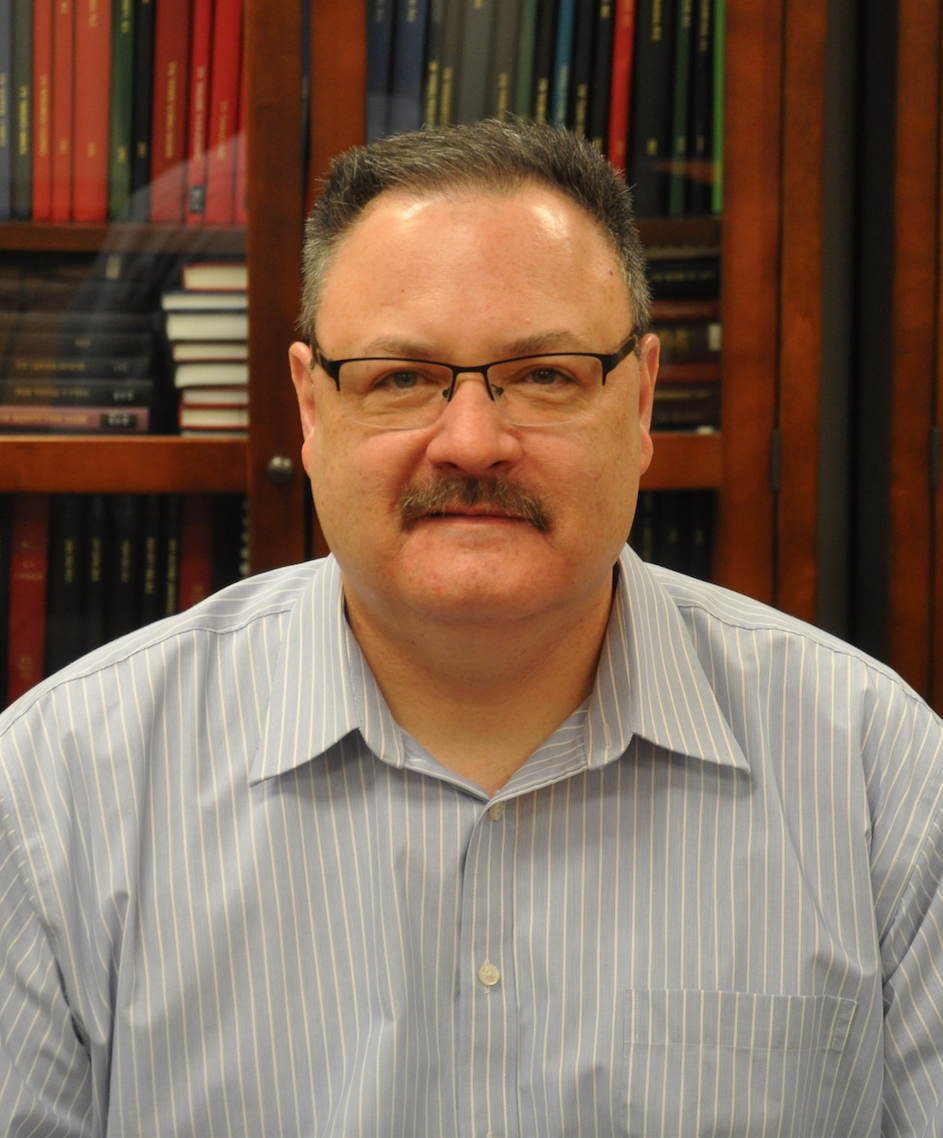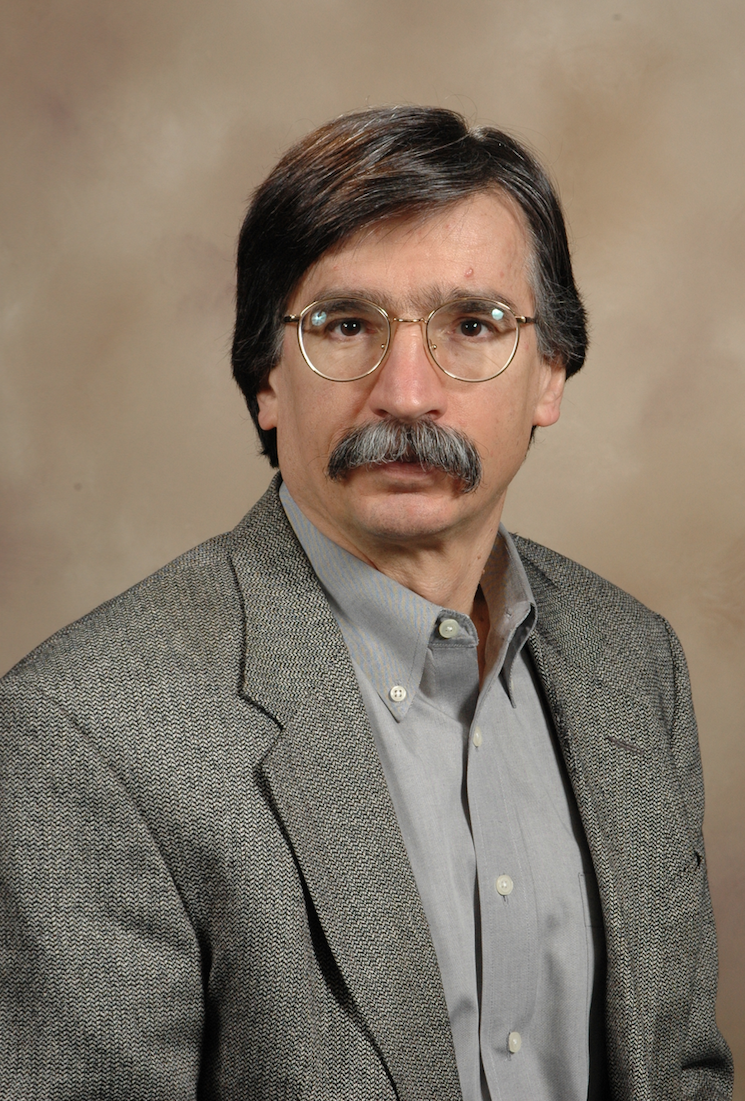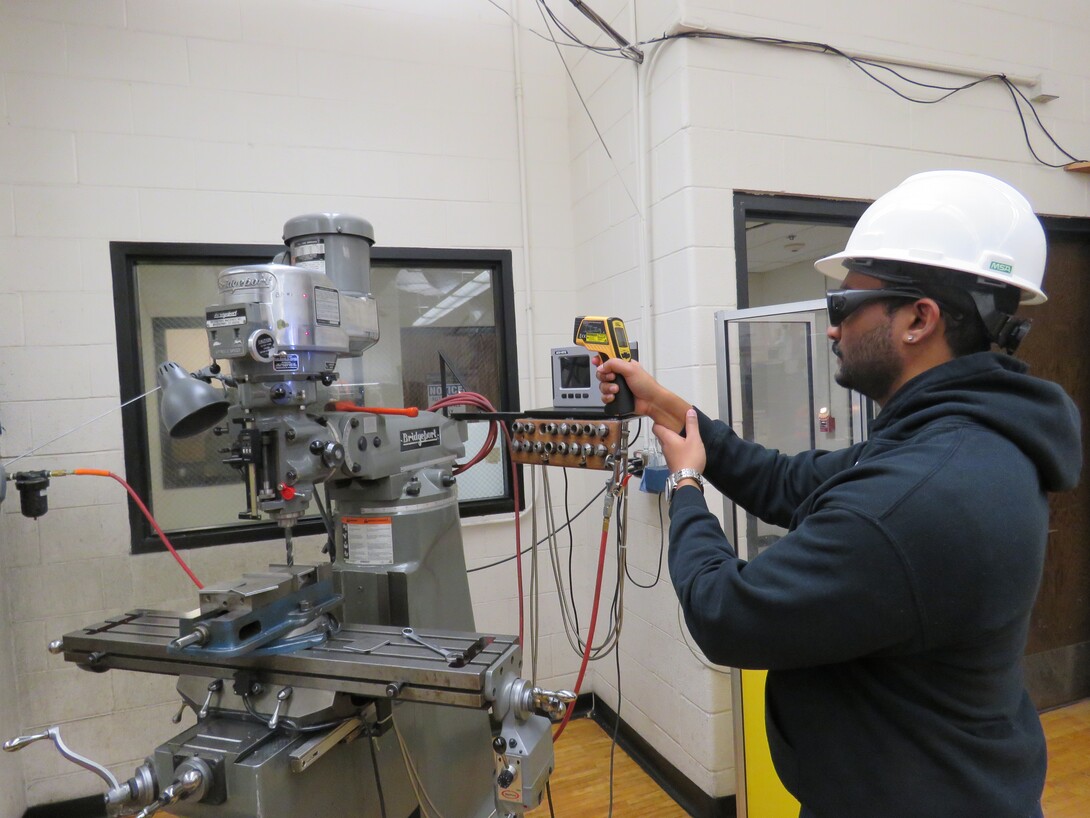
An engineering team headed by three University of Nebraska-Lincoln faculty has earned a $1.4 million U.S. Department of Energy grant to help smaller manufacturers use energy more efficiently while students learn energy management and manufacturing processes.
The department’s Office of Energy Efficiency and Renewable Energy announced in late 2016 that the university would be one of eight new Industrial Assessment Centers to join 20 existing centers around the country. Months earlier, the university was approved as a headquarters site and began work as the Nebraska Industrial Assessment Center. Robert Williams, associate professor of mechanical and materials engineering; Bruce Dvorak, professor of civil engineering; and George Gogos, professor of mechanical and materials engineering; direct the Nebraska group.
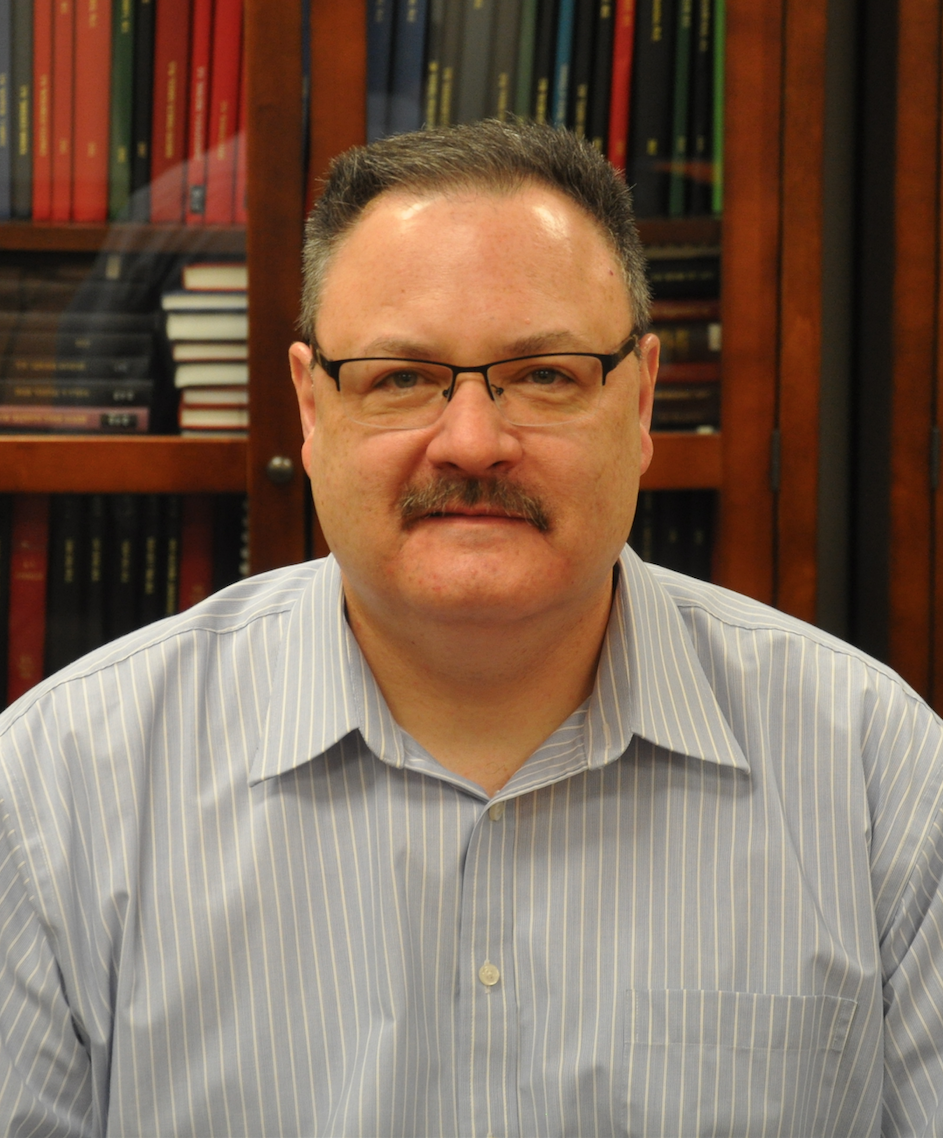
Faculty and student teams perform on-site assessments at small- and medium-sized manufacturing business partners – those having gross annual sales below $100 million, fewer than 500 employees and annual energy bills between $100,000 and $2.5 million.
In exchange for hosting the assessment, manufacturers get an assessment report to improve productivity, secure information, reduce waste and save energy. Meanwhile, engineering students train in manufacturing processes, energy assessment procedures and energy management systems.

The program also encourages applicants to propose creative approaches to providing IAC services in innovative “smart” manufacturing, cybersecurity, water/wastewater and energy management systems.
The Nebraska IAC’s partners include Lincoln Electric System, Nebraska Public Power District, the Nebraska State Energy Office and the university’s Nebraska Manufacturing Extension Partnership, which is led by Curtis Weller, professor of biological systems engineering.
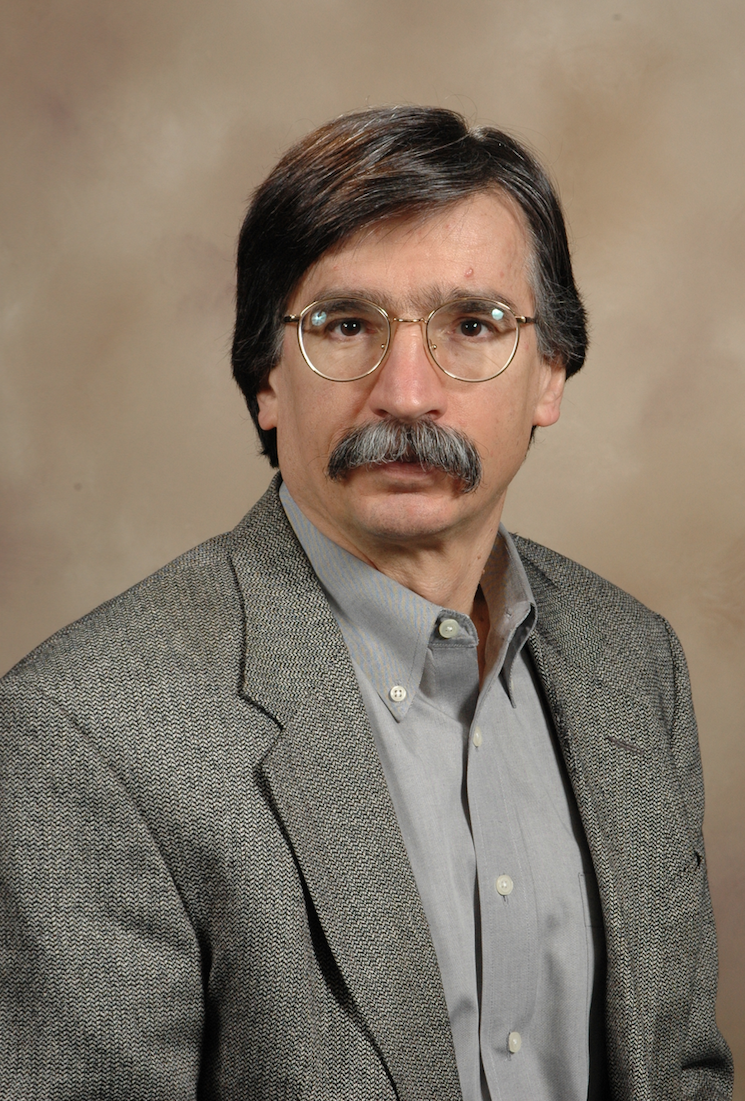
Williams said the Nebraska IAC would have an impact over a large geographic area. The nearest centers at U.S. universities are in Utah, Illinois and Oklahoma.
“It’s a huge opportunity. We have a lot of work ahead of us,” he said. “Without us, there would be a big hole in the center of the map.”

